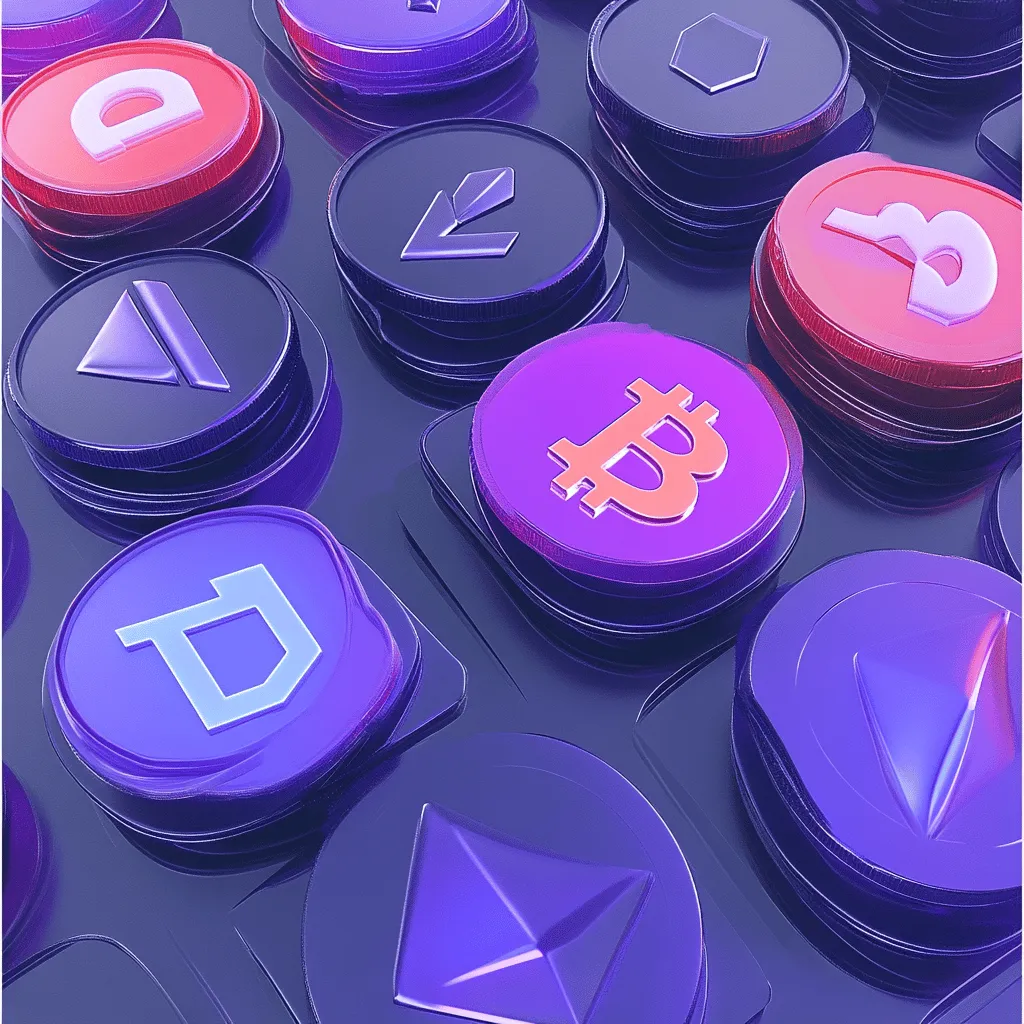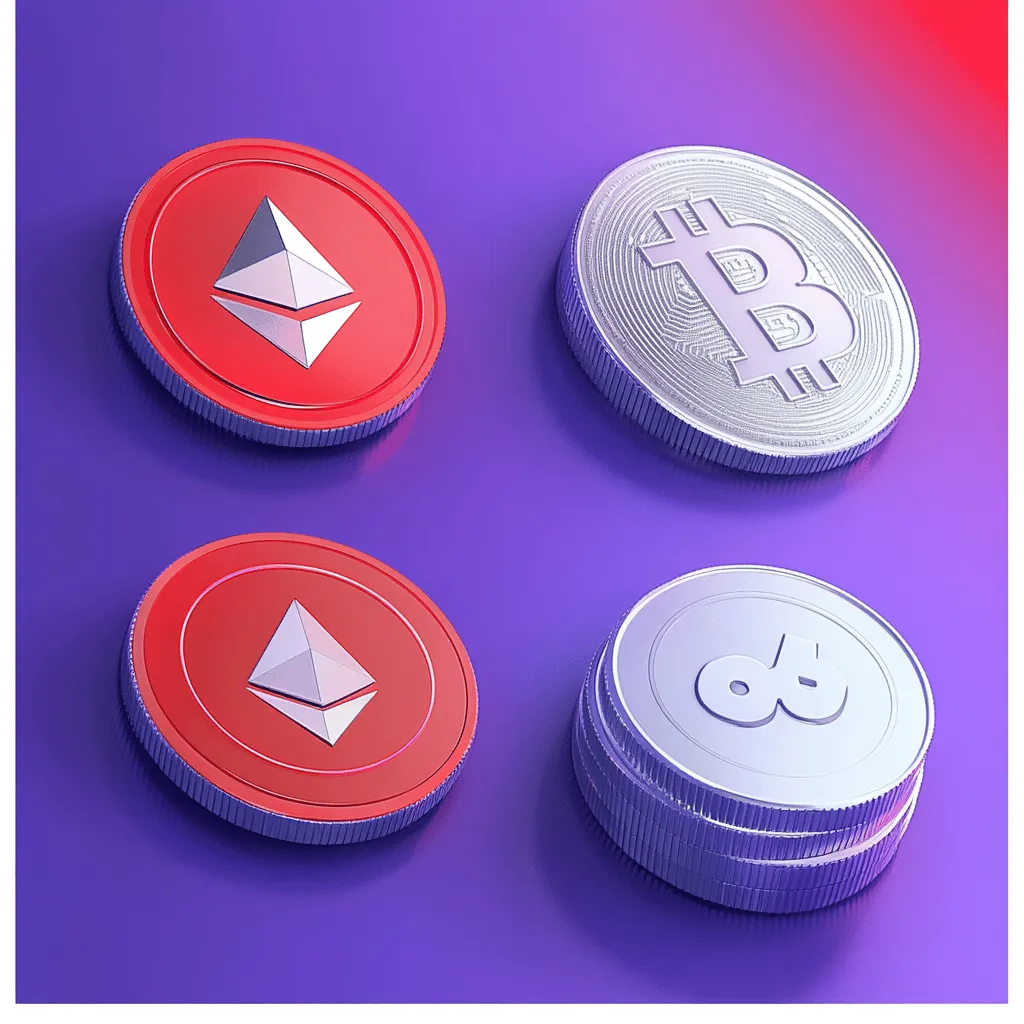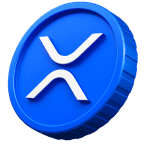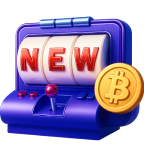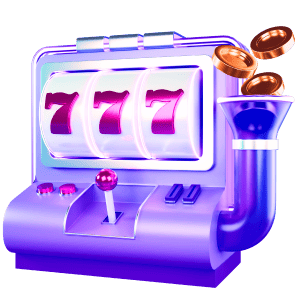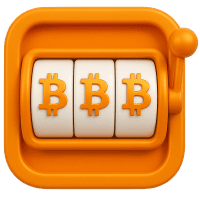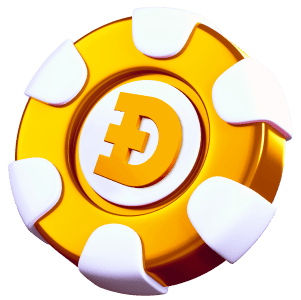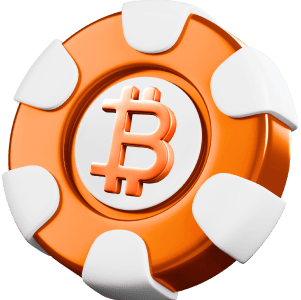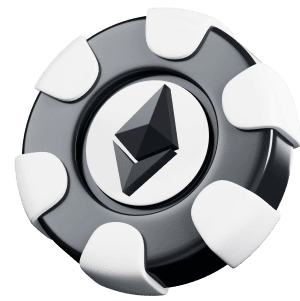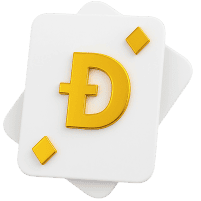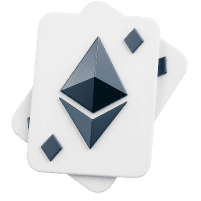People keep asking what is TON because Telegram now lets anyone swap coins inside a chat. The Open Network (TON) delivers those swaps through a lightning-fast, sharded blockchain that feels almost as quick as texting. Let’s dive deep into where TON came from, how it works under the hood, why Toncoin matters, and where the whole project is headed next.
What is Ton? Origins From Telegram to Community Blockchain
The story begins in 2018 when Telegram published the original TON white paper, dreaming of putting crypto in the pockets of hundreds of millions of chat users. A harsh regulatory freeze shut down the token sale, but the code was open-sourced instead of shelved. That single decision allowed independent developers to rescue the idea, fork the repository, and breathe new life into the protocol. What started as a stalled corporate experiment is now a fully decentralized network with on-chain governance, transparent grants, and hundreds of validators that answer to nobody but token holders.
Telegram’s Original Vision and the SEC Roadblock
Telegram wanted in-chat payments to feel as natural as sending a sticker, but U.S. regulators argued that Gram tokens were unregistered securities. After a bruising court battle, the company refunded investors and stepped away, proving that even a tech giant can be stopped when regulations bite. Unsure of what the coin meant for the roadmap, the community refused to let the idea die. Within weeks, open-source enthusiasts spun up testnets, swapped ideas in forums, and published an unofficial blueprint. They christened the fork FreeTON, soon celebrated by builders as a truly open TON cryptocurrency, and pledged to stick to the original white paper while adding community governance.
From FreeTON to TON: Rebranding and Governance Milestones
As the validator count grew, so did the scope of the project. The community voted in a constitution, rebranded to simply “The Open Network,” and launched grant programs that paid developers in freshly minted Toncoin. By mid-2025, daily active crypto wallets topped six million, and TON mini-apps were trending inside Telegram chats across multiple languages and blockchain news.
Ton Architecture: Sharding, Pos & 1m Tps Speed
TON’s architecture is built for scale. Instead of forcing every transaction through a single highway, it spreads traffic across many chains that communicate in real time. When load spikes, new shards spin up automatically; when things calm down, shards merge to reduce overhead. The result is horizontal scalability that feels limitless to the end user and keeps TON transactions cheap, an advantage that’s hard to find in mainstream crypto.
| LAYER | MAIN JOB | TAKEAWAY |
| Masterchain | Stores validator set, global state, and protocol events | The spine coordinating everything else |
| Workchains | Run parallel virtual machines, including EVM-compatible environments | Custom logic per vertical or enterprise |
| Shardchains | Split and merge on demand as traffic changes | Elastic capacity that prevents congestion |
Dynamic Sharding in Real-World Conditions
Imagine a popular mini-game suddenly going viral: under TON, its shard divides in two, doubling throughput within seconds while fees stay a fraction of a cent; when the hype fades, sibling shards recombine to conserve resources. This elasticity resolves the classic scalability trilemma without sacrificing security or decentralization because validators bond Toncoin, the core TON cryptocurrency, as collateral, and any double signing or downtime is immediately detected by the masterchain and punished through stake slashing.
The economic pain is instant, making honest behavior the rational choice and allowing finality to land in roughly five seconds, even during peak traffic, so chat-driven actions get consistent sub-second confirmations for TON transactions. When someone asks what is TON in relation to speed, the only honest reply is that it’s fast enough to make you forget a blockchain is even involved.
Key Features: Ton Dns, Storage & Telegram Web3 Integration
Newcomers hate long hashes and clunky wallets, so TON bakes usability right into its core services. TON DNS maps human-readable names to addresses, TON Storage handles off-chain files with on-chain payments, and Telegram mini-apps wrap these features inside familiar chat interfaces. A bot can mint an NFT, pin the image in TON Storage, and send the token to a friend – all inside a three-tap flow that feels like sending a meme.
The Secret Sauce Behind User Adoption
Typing <code>megapari.ton</code> is far easier than pasting a 64-character address, and a smart contract instantly resolves the name, collects a tiny Toncoin fee, and routes the payment without human error (exactly the kind of polish people expect from today’s crypto). The same smooth UX powers storage: publishers upload files to decentralized nodes, lock in fees that release only if the data stays online, and keep uptime high without any central authority, all settled through lightning-fast TON transactions.
Thanks to Telegram’s WebApp framework, developers can embed full-screen dApps that inherit chat identities, so a user taps a link, approves a Tonkeeper prompt, and lands on-chain in under ten seconds with no browser extensions or seed-phrase lectures required.
What is Toncoin? TON’s Cryptocurrency Deep Dive
Toncoin isn’t just for fees; it lets users vote on upgrades, secures validators, and adds liquidity for other tokens. When people ask what is TON coin, they want to know how one token can handle all these jobs.
Utility That Extends Beyond Simple Payments
Every contract call, DNS registration, or storage upload burns a tiny amount of Toncoin. Fees then cycle back to validators, closing the economic loop and ensuring constant demand that is tied directly to real-world usage.
Toncoin’s four core functions today include:
- Fuel for transactions, storage settlements, and DNS renewals
- Staking collateral that keeps Proof-of-Stake honest
- Governance votes on protocol parameters and grant approvals
- Cross-chain liquidity via wrapped Toncoin (wTON) on Ethereum
The wTON Bridge and Why It Matters for Liquidity
Wrapped TON locks native coins in a bridge contract and mints an ERC-20 twin on Ethereum. Traders can then deposit wTON into Uniswap, Aave, or Curve, instantly tapping a DeFi ocean without losing price parity. When they unwrap, the original Toncoin is released back on TON, minus bridge fees.
Supply Curve That Declines Toward Sustainability
Initial inflation was intentionally high to fund early staking rewards. Each year the emission rate steps down, moving toward a long-term target near one percent. That glide path calms fears of runaway dilution while still rewarding new validators who join the network.
TON Ecosystem: Defi, Gaming & $350m+ Adoption
Telegram’s 900-million user base gives dApps instant reach, and the TON Foundation fuels growth with more than $350 million in grants, liquidity mining, and hackathon prizes. Teams win funding only after auditors confirm milestones on-chain, a “pay-as-you-ship” rule that favors real traction over hype. The result shows in daily TON transactions: DeFi platforms like Ston.fi and EVAA move millions, NFT hubs such as Getgems thrive, and play-to-earn games like Tonana keep gamers engaged. For anyone wondering how to buy TON coin, this steady ecosystem momentum is a strong signal that TON cryptocurrency is powering real activity across the network.
What’s Next for TON: Teleport BTC, Gasless Transactions & Mass Adoption
TON’s roadmap focuses on making self-custody easy for everyday users in the crypto space. Teleport BTC will move real Bitcoin into TON with zero-knowledge proofs, so no wrapped tokens are required. Account abstraction will let people recover lost keys with trusted friends instead of a 24-word seed. Gas sponsorship means dApps can pay fees for newcomers, turning first-time transactions into a free experience.
By 2026 the validator set plans to top one thousand nodes in at least fifty countries, blocking any single government from shutting the network down. Researchers are also testing light-client roll-ups that give companies private shards while keeping public auditability.
Unlike most chains that depend on external wallets, TON rides inside Telegram’s massive user base. If Teleport BTC and gasless onboarding succeed, people may stop asking “what is TON coin?” because they will not notice the blockchain at all. The modular design already runs multiple virtual machines, and future enterprise shards could keep data private while anchoring proofs on the masterchain, balancing privacy with transparency.

